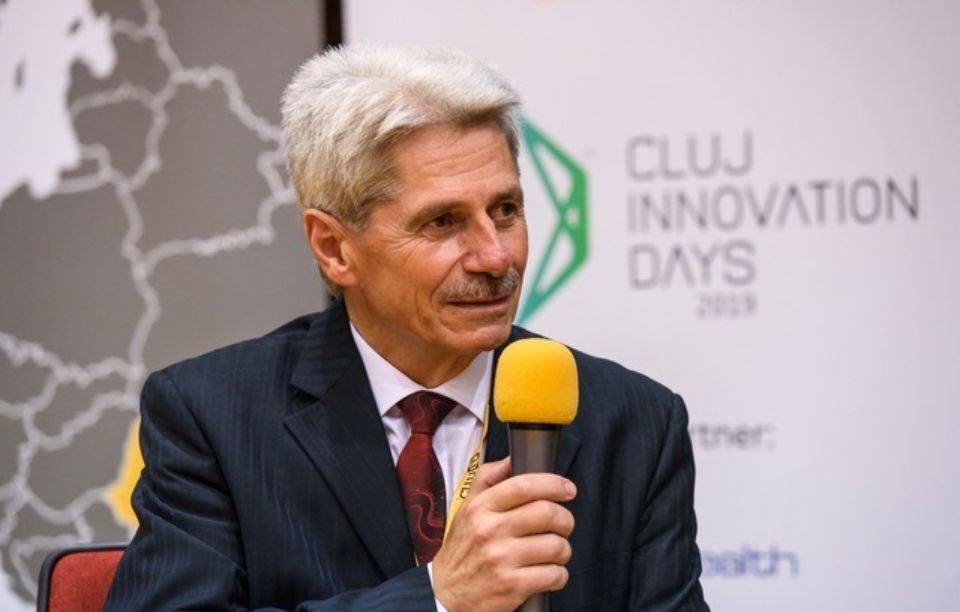On Management and Culture

Article by Alexandru Tulai, Change Management Specialist
I have encountered (too) many times, throughout the managerial world but also in the academic one, a distorted misunderstanding, I suggest, of what communication represents: it is seen as an end in itself. To the question “What is the most important process in an organisation or community?” I robotically received the answer: “Communication”.
For this reason I believe it is important to clarify, even on a superficial level, the role of communication and how it is realised efficiently. Communication is a means, not an end. The fact that both communication and decision-making are processes does not mean that they are of the same nature as activities – there is no comparison to be made here. It is as if you were trying to compare finding a solution to a grinding mathematical problem with performing a simple operation such as division or addition. This situation perhaps seems trivial, but the frequency with which I observed it tells me that this is far from the case.
The statement “Communication takes up over 70% of a manager’s time” has become commonplace. But what is the content which the manager is communicating? In order to identify it more specifically, we should look carefully at the challenges that the manager faces day-to-day. Principally, they are:
- conveying tasks to the team
- specifying or clarifying the context in which tasks are to be performed
- monitoring the progress of the team’s work
- supporting the decision-making of the managerial team one level below
- reporting and proposing solutions to improve performance (i.e. suggestions for decisions offered to the managerial level above)
- resolving crisis situations (whether triggered by circumstances foreseen or unforeseen)
The common denominator of these activities is that they all require decisions, and these decisions’ quality is highly dependent upon a most deep, complete understanding of the context in which the activities take place. As stated in the previous article “On Heroism and Complicity”: the efficiency of the manager’s work is greatly affected by both a real ability to delegate, and the extent to which managers one level below are empowered to take competent decisions.
It is very important, therefore, the way in which an adequate description of this context is conveyed. At this point culture, with its many facets, can jump in to assist.
One of the ways in which culture can intervene is through the culture that we accumulate during our educational experiences, where culture is probably the most wide-ranging experience we have. It results in a large index of complex situations, created in our minds, which represent the human experience for us. This collection is a repertoire of scenarios from literature, fine arts, music and science. They are directly applicable, entirely or partially, whenever they overlap with, or can be mapped onto, real-life contexts; they are used as models for decisions which give known or predictable results.
It’s as though one has access to a collection of solved problems. If a match is found, the solution is ready-made, all that remains is its application. The time and effort saved here is considerable. A similar situation is found in some legal systems, where precedent can enable an immediate solution to a case.
Another cultural phenomenon found in communication, certainly in management, is the use of symbols to concisely express a very complex context. These symbols are nothing, in fact, but exceptional concentrators of synthesised information, or even (we could say) of human experience.
I will give two examples to illustrate. The first can bring to mind a very well-defined human profile, even an entire biography, through a simple name. It’s a well-known name from my field of activity: Steve Jobs. When we hear this name we instantaneously think of vision, innovation, strategic marketing, consistency, perseverance, etc. And of course the world of literature, and that of science, is full of similar symbols: Cheops, Alexander the Great, Aristotle, Archimedes, Nero, Francis of Assisi, Robin Hood, Harpagon, Hamlet, Leonardo da Vinci, Mozart, Balzac, Einstein …
The second example is the expression of an attitude that, unfortunately, could be used to define a whole organisational culture: “It’s fine as is”. I admit a little malice here, even if partly I’m being self-critical. The statement is revealing of a context where there is complacency, and where there is insufficient professionalism, performance, desire for quality, progress etc.
We can easily see that rich, meaningful contexts can be conveyed instantly, with minimal information. And this is before we even mention metaphors, allegories etc.
To be clear, in order for this information to be received, decoded, interpreted and used, its recipient must also have the appropriate level of culture, so the “war for talent” need not become a redundant phrase.
Within the topic under discussion in this article, management, there is a concept which I can use to summarise how facilitation of communication can be considerably improved: organisational culture. In addition to culture’s general mission to create, articulate and correlate contexts, organisational culture’s fundamental role is the generation of support contexts (specific to the organisation) and the elaboration of the decision-making process model (the users and beneficiaries of the contexts). The limiting effect of organisational culture contributes to reducing communication ambiguity and increasing the accuracy (and efficiency) of knowledge transfer.
The discipline responsible for the existence and progress of the decision-making process in the organisation or community, through the continuous evolution of its supporting contexts, is the change management.
But we’ll discuss that topic in other articles.














